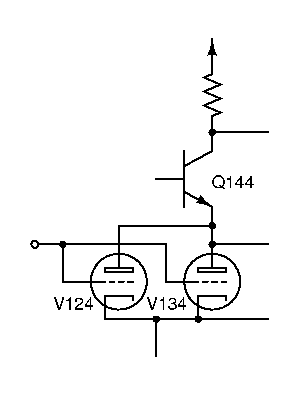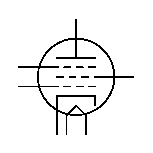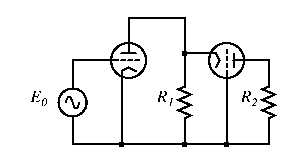
What is the earliest reference to a cascode topology using transistors?

The cascode topology was invented to solve the Miller effect [1] in triode amplifiers. However, with the invention of the pentode (at right), with its screen and suppressor grids, the cascode was no longer necessary and was "forgotten." After the invention of the transistor in 1947, the cascode amplifier had to be "re-invented" to solve the Miller effect in common-emitter transistor amplifiers.At least, that's the story I've always heard. As the Italians say, Se non è vero, è ben trovato (Even if it's not true, it makes a good story).
Jim Williams ran a contest [2] and was subsequently pointed to [3] the earliest use of the word "cascode" in a paper by Hunt and Hickman [4]. But what is the earliest reference to a cascode topology using transistors?
Please note that we are not looking for the first transistor stack, or for the first common-emitter common-base amplifier cascade. We're looking for the first transistor stack with the word "cascode" referring to it. If you have any leads or references, please contact Kent Lundberg (I'm also interested in references that retell the myth).

Unfortunately, the myth of the forgotten art of the cascode is demonstratably false. As late as 1956, books such as Arguimbau and Alder [7] and Stewart [8] discuss vacuum-tube cascodes (but not transistor cascodes).Arguimbau and Alder show the the following circuit along with the caption "6BQ7-A cascode":
Stewart says, "The cascode amplifier is important because it has small circuit noise and a reasonably high gain... It consists of two tubes which may be either triodes or pentodes, with triodes best for low noise" (pages 363-364). Stewart also claims "In recent years the cascode amplifier has gained fame even to the layman as the input stage of television receivers (following the antenna), although it originally was developed as the input stage of radar intermediate-frequency amplifiers" (page 365). Stewart appears to be talking about reference [9], but that work is clearly predated by Hunt and Hickman [4]. 
These quotes seem to refute the "forgotten art" myth pretty well.